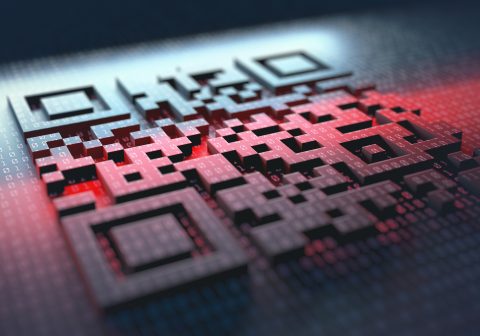Freight, Logistics and Warehousing
The Robo Driver
Rail was intrinsic to the first industrial revolution and is likely to be a major beneficiary of the fourth too. Modernisation of rail networks worldwide promises more automation, data capture and efficiencies to reduce costs and climate impact, and while South Africa’s rail network is not at the cutting edge when compared to Europe, it has potential.
Koketso Seripe, chief executive for Etion Digitise, says that emerging technologies can drive big efficiencies in local rail.
“With the availability of internet of things’ (IoT) technologies and Industry 4.0 initiatives, this has become very reachable on our continent,” he says. “We are lagging in the opportunities for optimisation, but that does not mean we should give up.”
The characteristics of Industry 4.0 solutions can be more viable in Africa than in the developed countries because they can provide unique solutions to Africa’s unique problems, explains Seripe.
“Most industries suffer from serious problems with theft and vandalism, and large-scale fraud and corruption has also eroded the financial health of the many institutions, including most of our clients,” he says. “Funding and railway initiatives remain a major challenge and different models are required to overcome these issues.”
Seripe says that lack of previous modernisation can sometimes be an advantage, as it means not being bound by legacy infrastructure. “For example, being able to jump generations of signalling technologies and go straight to onboard, digital devices.”
The kinds of technologies that are emerging include sensors for monitoring rolling stock and enabling engineers to engage in “predictive maintenance”, and using AI to identify patterns in the data collected and recommend parts that need to be changed before breakdown, rather than according to a schedule. These include trackside sensors which can read the temperature of axles as they pass, data that can be used to warn of imminent failures. Driver aids, too, can help simplify train controls and improve safety and fuel efficiency based on real-time information about track conditions and weather among others.
The security revolution
Craig Parker, research director for Automotive and Transportation at Frost & Sullivan, says the rail systems in South Africa face a unique situation because not only do they have to upgrade capital equipment, but they also have to deal with theft and vandalism.
“Investment is needed to upgrade rolling stock and signalling systems, but it is also very necessary to increase investment on improving security for passengers and capital equipment,” Parker says.
“IoT can play a large role in improving security: improved tamper-control systems and drone technology can be used to safeguard capital equipment and improve surveillance and access control for passengers,” says Parker.
Frost & Sullivan reports that out of the total freight transported by land in South Africa, only 15 per cent contributes to rail; and out of the 20 500km of rail track, only
1 500km is used for heavy haul operations. It adds that iron ore and coal are the major commodities transported by rail and an increase in the transportation of these will lead to investments and upgrades in the freight rail segment.






 Sign-up and receive the Business Media MAGS newsletter OR SA Mining newsletter straight to your inbox.
Sign-up and receive the Business Media MAGS newsletter OR SA Mining newsletter straight to your inbox.